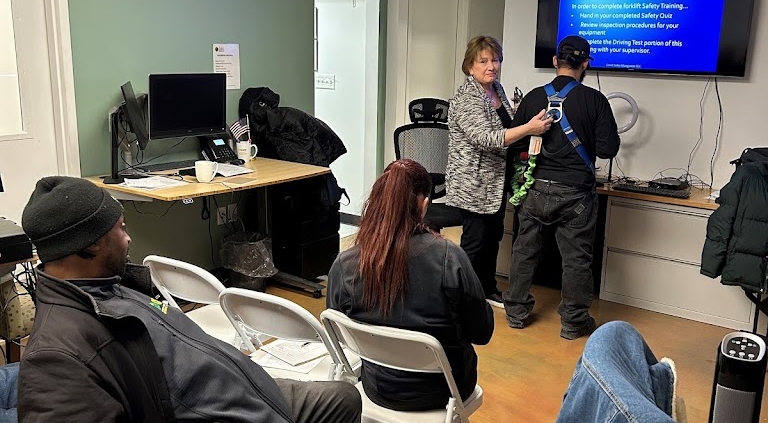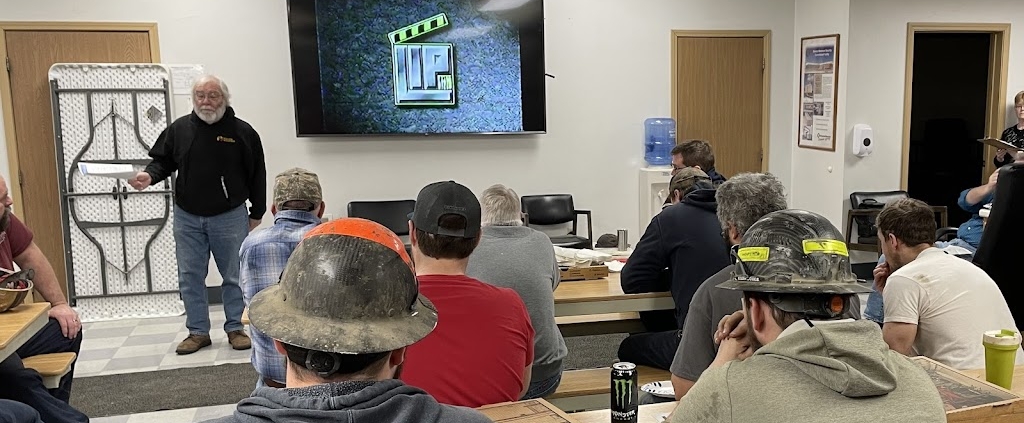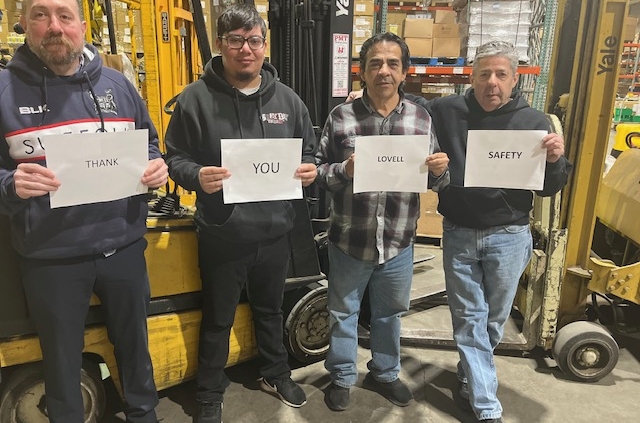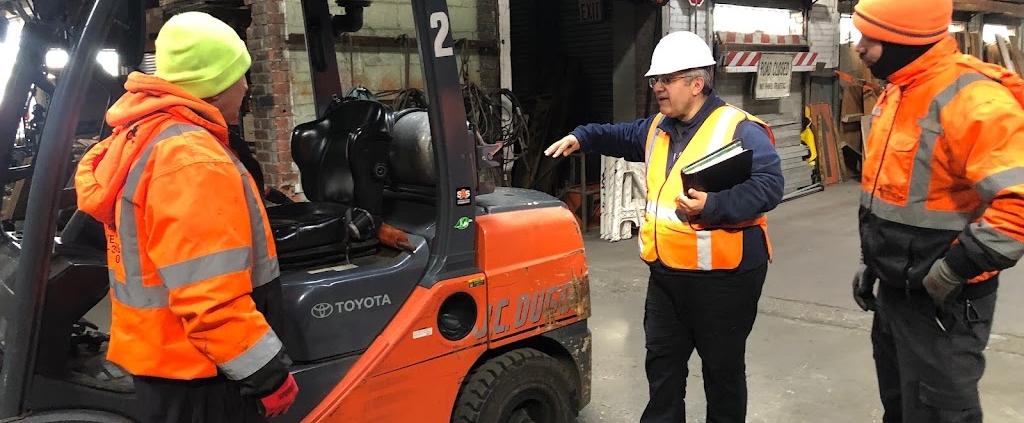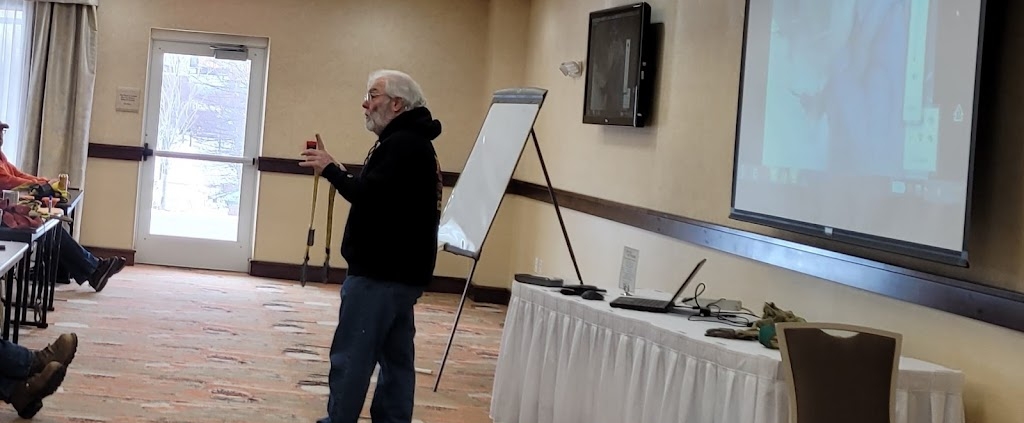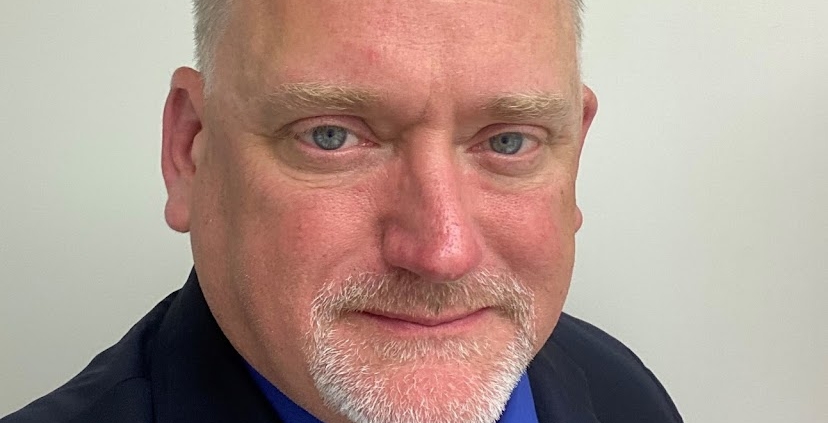Steven Bell
Lovell Safety Management Co., LLC
Vice President, Underwriting & Sales
When I started in insurance nearly 33 years ago, I was asked to train 100 colleagues on experience rating. New to the industry, I remember looking at the old formula and wondering how I was going to explain it to a group of non-actuaries. I solved the problem by not explaining the actual formula but the underlying concepts.
Insurance had its start in the Guilds and maritime trade of Europe. Tradesmen in Guilds would pay into a pool to cover loss due to fire, theft, or disablement. Underwriters would buy shares of a ship’s cargo, thereby spreading their risk of loss among multiple ships. Workers’ compensation insurance attempts to solve a similar risk of loss by spreading the cost of worker injuries over many employers in similar trades or businesses.
In New York State, workers’ compensation rating begins with the creation of what is known as a loss cost for 580 classes of businesses such as plumbers, electricians, and office workers. The loss cost is created by taking the total losses for those in a similar class of business and dividing it by the total payroll for those same businesses. The result is the loss cost, which is an average unit of cost that can be charged for each one hundred dollars of payroll exposure.
If we know one thing about averages, it is that they can be unfair, because not everyone is average. The experience rating formula attempts to solve this problem by tailoring the cost of insurance through an additional credit or debit for each employer based on their individual loss experience.
Effective 10/01/2022 NYCIRB implemented a new simplified Experience Modification Formula
= Actual Primary Losses + Expected Excess Losses
Expected Losses
Why was the old experience modification formula changed?
The New York Compensation Rating Board performed a study which revealed that the prior experience rating plan was not equitable. The inequity can be best illustrated in what is known as a quintile test. NYCIRB placed each employer into one of 5 quintiles. The goal of the new plan was to produce, for each quintile, a loss ratio of 100%, meaning for each dollar of loss there should be a dollar of premium.
Based on the study’s results, the new plan appears to address the inequities, however, the overall adjustments for those in quintiles 1 and 5 can be quite significant.
What does the new Experience Rating Formula mean to the average employer?
The new plan will likely result in larger credits and debits depending on your loss experience. In addition to the formula change, the new plan makes all New York businesses eligible for experience rating and it eliminates the Merit Rating Program and the use of interstate ratings. The plan introduces a novel variable split point and claim capping procedure to make sure the new plan doesn’t result in too large a swing.
Claim Capping Procedure
In year one of implementation, the experience modification will be the lowest of either the new formula, the claim capping procedure, or the old formula plus 30 points. In year two, it will be the lowest of the new formula or claim capping procedure.
There are two core principles that apply to both the old and new formula. First, larger businesses with more employees and higher payrolls are more likely to produce consistent results. Second, the fact that a loss occurred has higher predictive power than the relative cost of a given loss.
Practical Example
Let’s compare three small residential carpentry contractors with the same payroll ($500,000) in each year of the formula.
The first two examples show the impact of loss frequency. While both A & B have $50,000 in actual losses, B has a much higher experience modification due to 5 claims. Let’s assume each of the 5 claims were valued at $10,000, for a total of $50,000. It is conceivable that each of the 5 claims could have been $50,000 for a total of $250,000 in losses. But the severity of claims is less impactful, as the formula caps the amount of losses based upon payroll size.
What can an employer do to impact their experience rating?
The obvious answer is stop having losses. This is easier said than done but should be the primary goal as the cost of an injury is much greater than the impact to your insurance costs. The losses and exposure used in the formula generally consist of 3 years, so if your policy renews on 4/1/23, the three years used in the formula are 4/1/19 through 4/1/22. This means actions taken today won’t impact your experience modification for another couple of years.
Creating a culture of safety will pay dividends beyond the reduction of losses. One key strategy involves considering paying for non-reportable injuries as set forth in section 110 of the NYS WC Law. To summarize, if an injury requires two or less first aid treatments, no loss time beyond the work shift, and is not permanent in nature or involves injury to the face, then you as an employer have the option to self-pay. If the injury requires further treatment or loss of time, you can report it at that time noting you initially treated it as a first aid claim.
What have we learned about the new experience modification formula?
The new formula attempts to correct the imperfections of the old formula by rewarding the top 20% of businesses with lower experience modifiers while punishing the bottom 20% of businesses with higher costs. While the formula itself is simpler, the system is still quite complex. Practically, it means that many employers will see significant swings in their experience modifications. Whether this is good or bad for you as an employer depends on whether the swing is a credit or a debit.

